A ribbon printer is a type of impact printer that uses an inked ribbon to transfer characters onto the paper through an impact printing process. In a ribbon printer, a print head made up of tiny pins or hammers strikes the backside of a ribbon containing ink or thermal coating. This causes the ink or coating on the ribbon to be deposited onto the paper.
Digital ribbon printers work by using a continuous inked ribbon mounted on spools that are precisely aligned under the print head. While some enterprise-grade models use more durable thermal print heads, most ribbon printers use a print head made up of a bank of tiny pins or hammers that rapidly strike against the back of the ribbon. Each pin corresponds to a character cell position. As each character is sent to the printer by the connected computer, the appropriate pins or hammers are triggered to strike the ribbon. This transfers the ink or coating from the ribbon onto the paper beneath it. The print speed ranges from 50-300 characters per second [cps] for basic models, and up to 1200+ cps for high-volume ribbon printers. Industrial units can print as fast as 1600 lines per minute. After each character is printed, the paper and ribbon are advanced so the next character can be imprinted.
Key advantages of ribbon printer machines include their longevity and ability to produce durable, high-contrast outputs. Ribbons can print thousands of pages worth of text before needing replacement. This makes thermal ribbon printers suitable for high-volume printing applications. However, they are limited in resolution and unable to produce graphics-intensive documents like inkjet or laser printers. Common ribbon materials include fabric, paper, or film substrate coated with waxy or oil-based ink. Thermal transfer ribbons use coatings like wax or resin that melt during printing. Ribbons are precision-guided around guiding rolls and spools to pass directly underneath the print head. Automatic mechanisms load/unload and reverse direction o
Ink ribbon printers continue to see common applications where durable, inexpensive monochrome printing is required. Their impact printing mechanism makes them suitable for transactional use cases involving multipart forms or labels that need to withstand heavy use. Common applications include transactional printers for receipts, invoices, cash register rolls, and specialized labeling equipment. While largely replaced by non-impact printers, ribbon printers remain useful in situations requiring inexpensive, robust monochrome printing over a long lifespan.

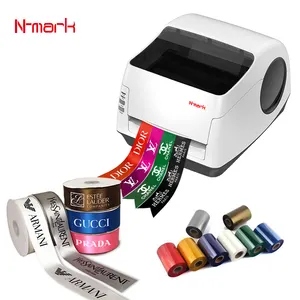








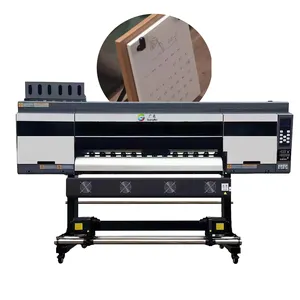

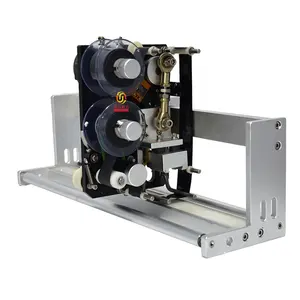

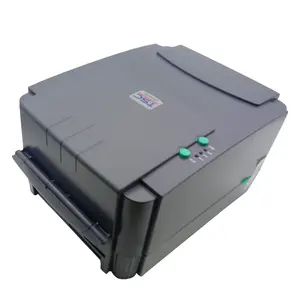

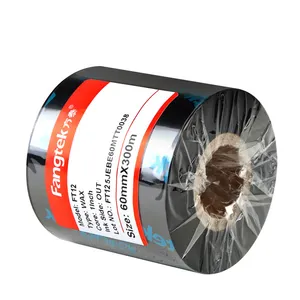


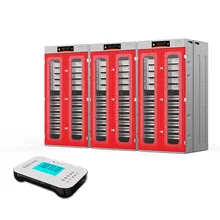
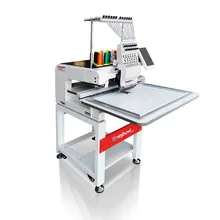
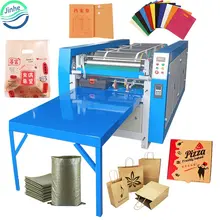
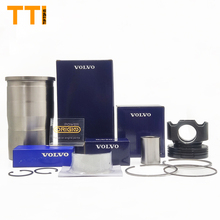


























 浙公网安备 33010002000092号
浙公网安备 33010002000092号 浙B2-20120091-4
浙B2-20120091-4